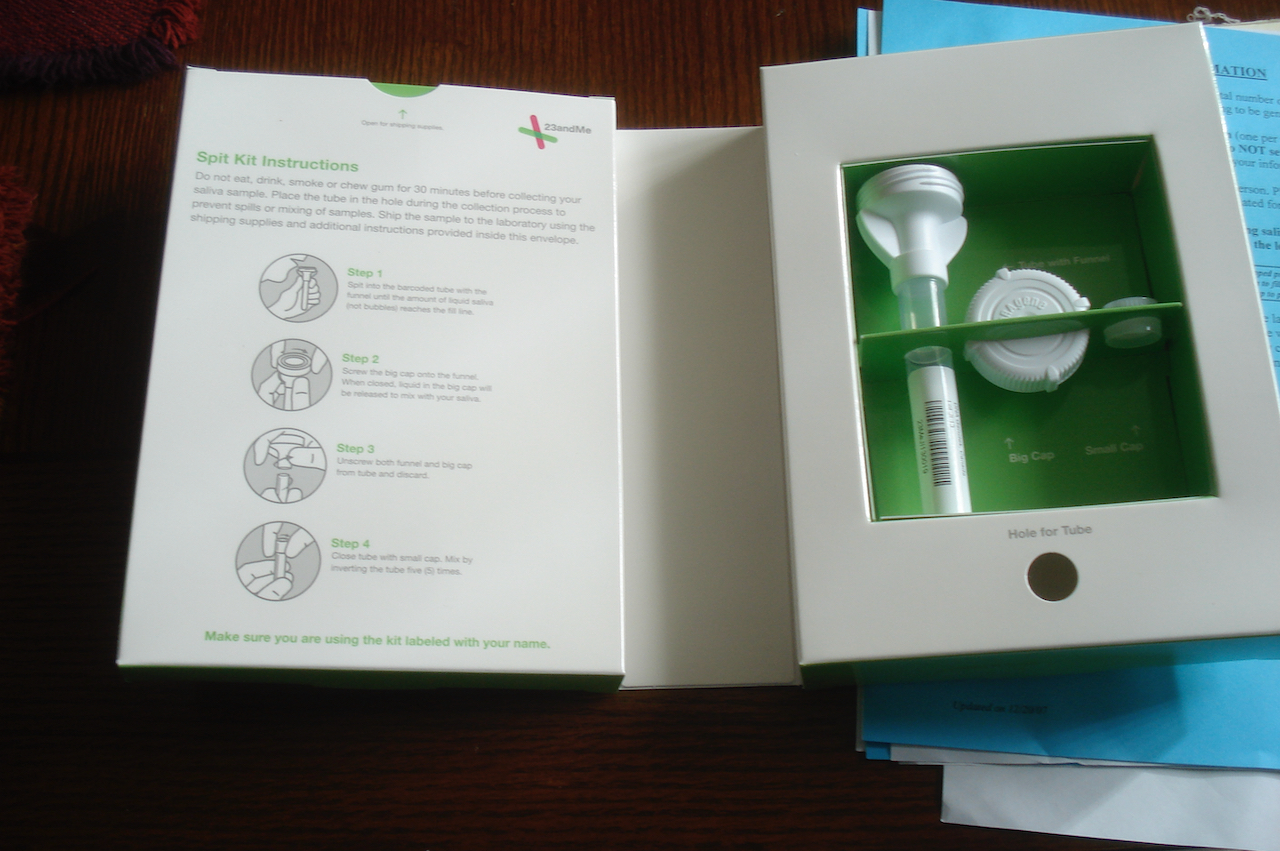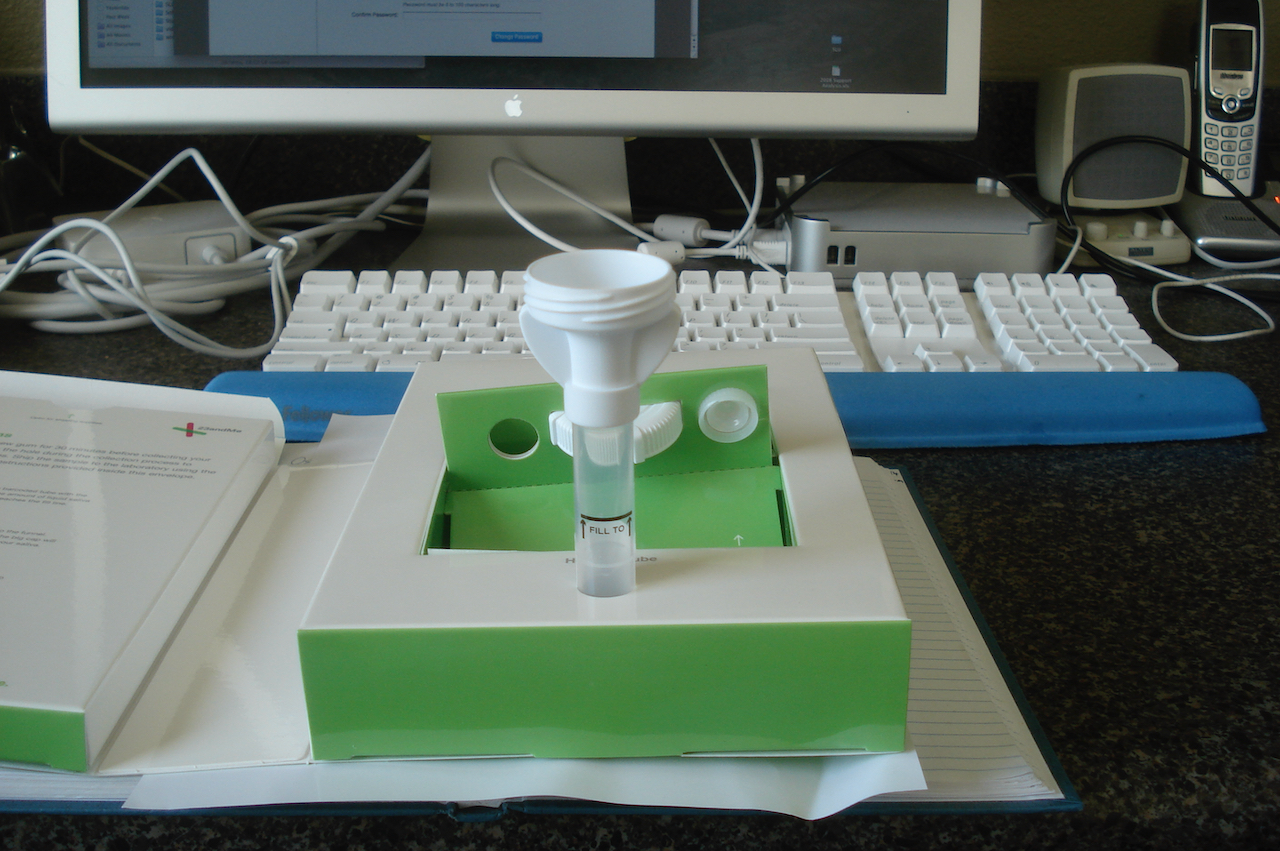Shoulder
I haven’t whined much about the shoulder lately, because there hasn’t been much to say. Every day it hurts a little less, and every day I surprise myself by using it to lift something slightly heavier than the day before. On the other hand, every day I also surprise myself by moving it in some way that causes not very much pain, but enough to make me instantly back off and change my approach.
Yesterday, I had my physical therapy assessment. Turns out that the therapist is an old buddy of my judo coach, and another of the guys from the judo club has a brother who owns the sports therapy clinic. Small world. Anyway, this guy actually *did* judo for many years. He also struck me immediately as both smart and competent. He looked at me, moved my arm around, and generally touched and examined me.
Apparently the surgery to repair this is big and nasty. A large incision along the top of the shoulder, and then lots of clamps and wires to hold the bone back in place. It’s very invasive and only works some of the time. The reasons one would do this are an inability to work, or cosmetic. I looked at the guy and said that my career as a male model wasn’t going anywhere anyway. He seemed to like that.
Given that I’m okay with a lump, I should be back to full strength in a couple more weeks. Full strength, of course, is a modified concept. I won’t be doing the throwing part of judo anymore. That shoulder is never really going to be the same … and hitting it again in the same way would be a Really Bad Idea. Still, for grappling, striking, and generally moving around I should be fine.
Today we started the PT part of physical therapy. This involved a pair of electrodes on my shoulder for the “electro-stim,” to get things moving, thing some light resistance range of motion stuff, and finally a nice soft-tissue massage of the shoulder. It wasn’t nearly as painful as I had been told to expect.

